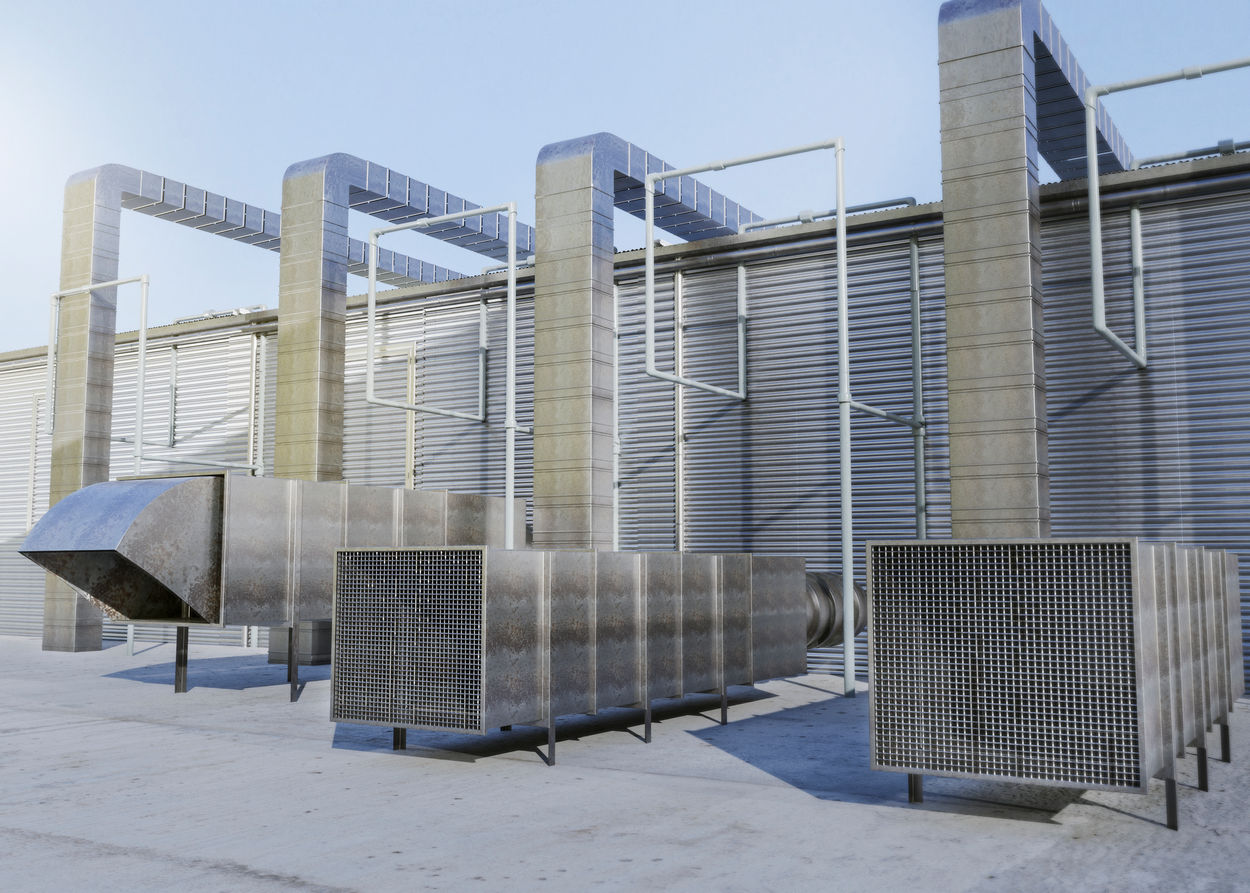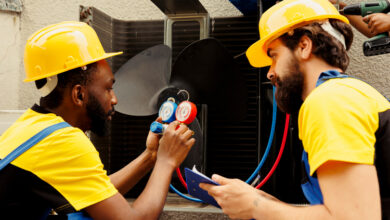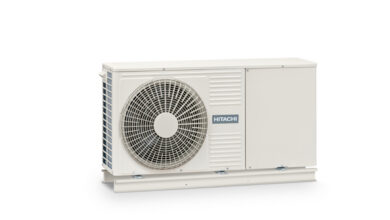
Prior to the COVID-19 pandemic, there was little to no awareness in the general public about the importance of indoor air quality and strategies to prevent disease. Since then, the quality of the air and the importance of having a healthy building has been a top concern for building owners and occupants.
Our “new normal” means people are more aware of the links between clean indoor air, their health and their environments. With decades of research linking indoor air pollutants with risks to everyday health, more building owners are now turning to the HVAC industry to make things right.
As HVAC professionals, we have the responsibility and the opportunity to educate legislatures, local school districts, hospital committees, business owners and more about the importance of healthy indoor air quality. We need to focus on educating the public on the importance of working with an HVAC professional to ensure indoor air quality is at its best.
As a longtime member and now president of The Sheet Metal and Air Conditioning Contractors’ National Association, it’s been encouraging to witness the work SMACNA has accomplished with monitoring the latest scientific and medical developments surrounding IAQ and sharing those best practices with members.
Identifying the need for infection control
While the COVID-19 pandemic put a spotlight on the vigorous spread of airborne illness, every day, indoor air pollutants can make us sick, too. Exposure to air pollutants is higher indoors, and in some cases, up to 100 times higher due to poor ventilation rates and underperforming HVAC systems.
Putting strategies in place
One of the best tools available for disease prevention is the Ventilation Verification assessment created by the National Energy Management Institute. This step-by-step assessment and resulting report allow HVAC professionals to make informed recommendations for adjustments, repairs, upgrades or replacements based on the physical inspection.
As each Ventilation Verification assessment is unique, it’s important to work with a building manager to create an action plan and assess the entire building to determine all the indoor air quality needs. Key measures to consider when completing the assessment include:
- Check for maximum filtration efficiency
- Assess outside air delivery rate
- Verify the appropriate condition and operation of ventilation components
- Measure air distribution through all system inlets and outlets
- Check building air pressures
- Verify that control sequences are operating as specified
- Check carbon dioxide sensors and acceptable carbon dioxide concentrations indoors
- Collect field data for the installation of mechanical ventilation if none exist
- Produce a written report including ventilation rates for each occupied area
Investing in indoor air quality improvements
As industry professionals, it’s important to help consumers understand the importance of investing in good indoor air quality and the funding available. For projects lacking funds, opportunities are available to access funding for testing and updating HVAC systems.
Many funding opportunities are available at the federal and state level to help private and public businesses do this important work. Tax breaks and grants are also available from the federal level through legislation such as the American Rescue Plan, the Bipartisan Infrastructure Act and the Inflation Reduction Act.
The future of the air we breathe
With new disease prevention strategies evolving daily, there are new opportunities for the HVAC industry to work directly with scientists and industrial hygienists to help improve the quality of the air we breathe.
These industry specialists study how viruses spread with the intent to create an infection-controlled environment. HVAC professionals then take these learnings and develop actionable solutions. This partnership could help navigate the next pandemic and lead to large-scale improvements in health and efficiency.
Tony Kocurek is owner of Energy Balance & Integration, LLC and president of SMACNA.
Image by Freepik



